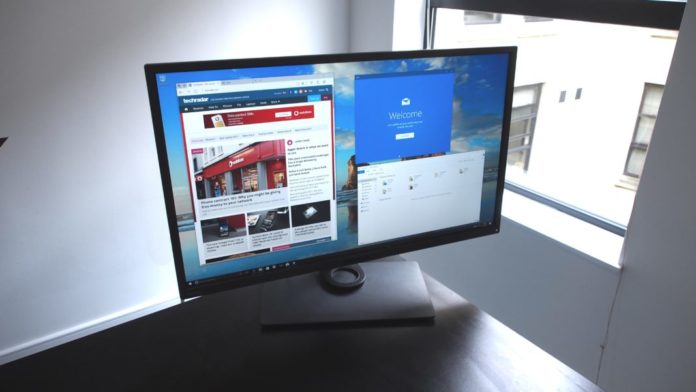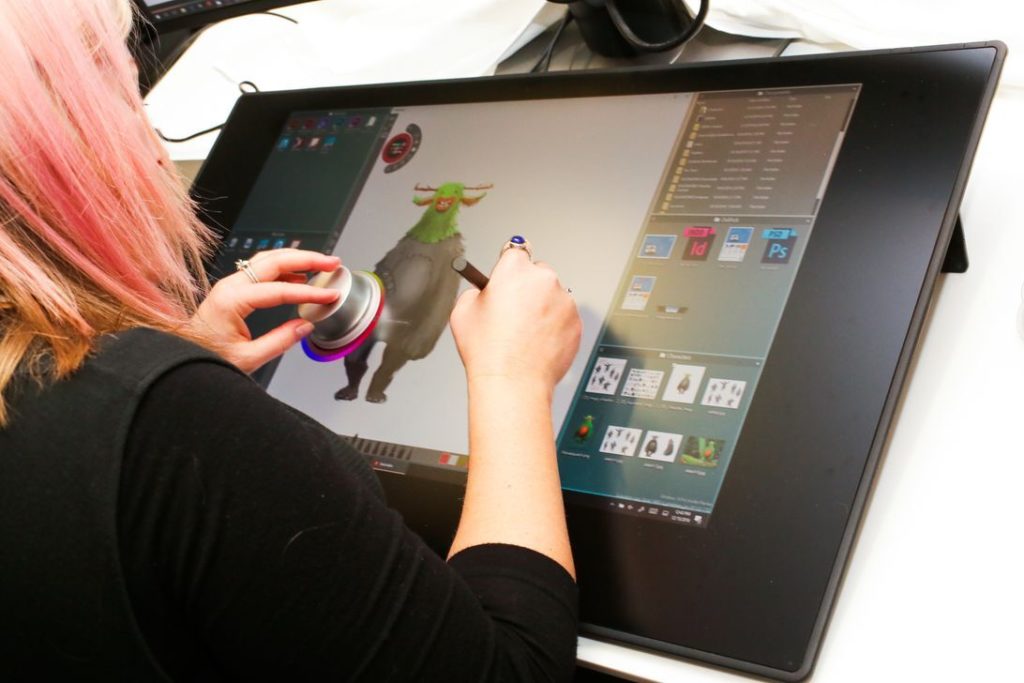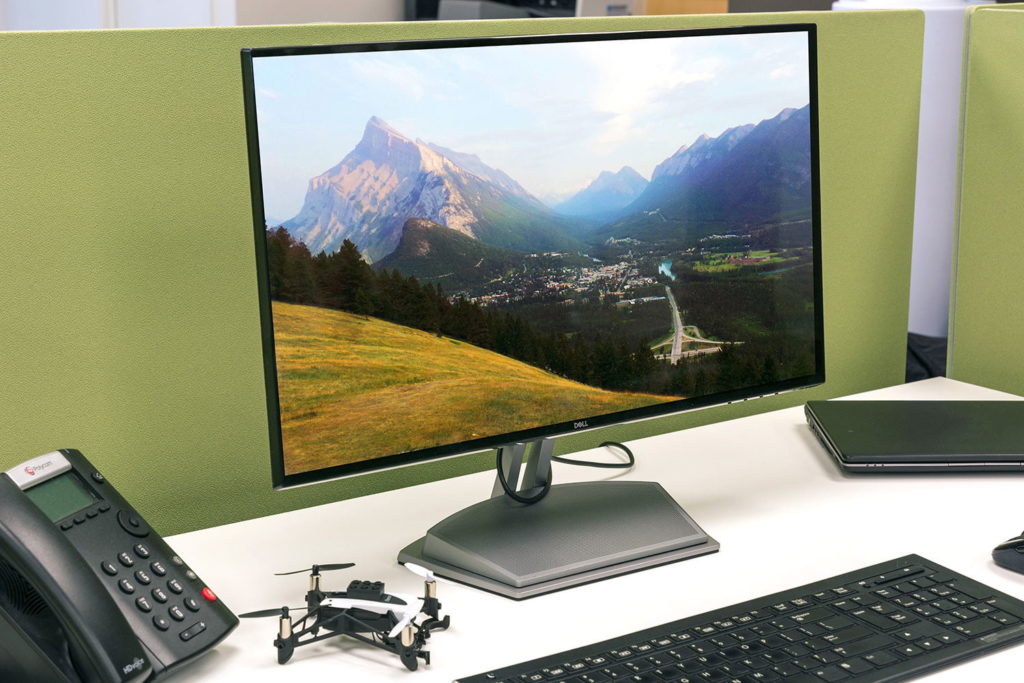
In recent years, technology has become an integral part of virtually every business. Whether your company uses tech to function or you’re like TechBrain that offers IT support to those companies, the bottom line is that you rely on technology. The same can be said for our households since almost all of us have a gadget or two lying around the house.
Since technology advances fast, you must always be up to date. If you are not keeping up with the latest technological trends, you will have a hard time selecting a product when the time to buy some new gadgets comes.
Luckily for anyone who’s planning on buying a new monitor, we’ve prepared a small guide that will help you make a good investment.

Why Are You Buying a Monitor?
It’s important to know that there is no such thing as a perfect monitor. Well, at least not yet. Therefore, buying a new monitor is a game of making compromises, and you will have to decide which features you value the most in a monitor. With that in mind, you need to decide on the reason behind your purchase before you start shopping for a new monitor.
For example, there is a big difference between gaming monitors and monitors used for working. Granted, you are probably going to use your monitor for multiple purposes, but it is important to think about the amount of time you’re going to spend, gaming, watching movies, working, or editing videos.
Monitor Specifications
Once you’ve decided what you’re going to use your monitor for, you should consider the specifications you value the most. Naturally, before you do that, you need to learn a bit about the most important specifications.
Size
One of the first things that you will have to decide on is the size of the monitor you want to get. If you are into gaming, 27” is the optimal size for your monitor. However, you can go as far as 34” or even bigger. While a bigger monitor provides a more immersive experience, if you go too big, you will end up with neck pain from having to continuously turn your head to check all parts of the screen.
If you’re working, you are free to go as big as you want. Just make sure that your desk is big enough to fit the monitor.
Display Resolution
The bigger the resolution, the crispier the display picture of your monitor, which is especially important if you’re planning on buying a gigantic monitor. But once again, bigger is not always better.
While gaming on 4K monitors is possible, the experience won’t be as smooth as you might expect, unless you have a huge budget. However, even with the latest hardware, you will experience noticeable framerate drops, especially if you’re gaming in 8K. Therefore, when it comes to gaming, our recommendation is either a 1440p or a 1080p monitor. On the other hand, if you are into watching movies, video editing, or something else both 4K and 8K are excellent options.

Panel
There are several different types of panels, the most popular ones being VA, IPS, and TN, with OLED being the newest one on the market. The main differences between them are the color depth, color gamut, and viewing angles. While IPS panels have the best viewing angles, if you’re sitting directly in front of your monitor, it won’t matter all that much, so that’s not an important factor when buying a monitor.
When it comes to the quality of the picture, OLED monitors are by far the best. However, there’s only a handful of them on the market so trying to buy one would cost you an arm and a leg. What’s more, you’d have to make a lot of compromises, which is why people most often choose between TN or IPS panels.
In terms of the quality of the picture, IPS panels pull ahead of TN, but with IPS panels you have to opt for lower refresh rates.
Refresh Rate
A higher refresh rate means that the image can be updated more often. Simply put, higher refresh rates translate to a smoother picture and, in this case, higher is always better. However, not every monitor can achieve higher refresh rates, and this is where TN panels dominate the market with their 240Hz refresh rates.
One thing to keep in mind is that this aspect isn’t so important if you’re not a gamer. If you are, even sacrificing the picture quality that IPS monitors have and opting for a TN 240Hz monitor might be worth it, especially if you’re into FPS games.
So now that you are familiar with all the relevant specifications of a monitor, all that’s left to do is think and decide which of these specs you value the most. Once you do that, you will easily find a monitor that meets your needs.
The latest Amazon trends and offers now at luckydealnews.com.














